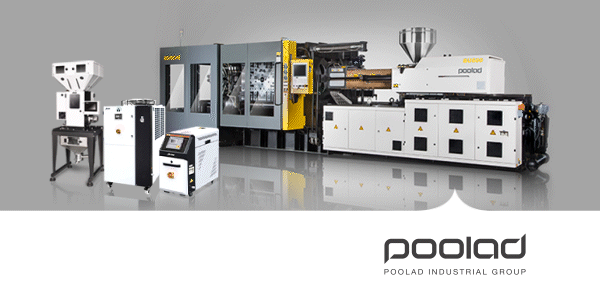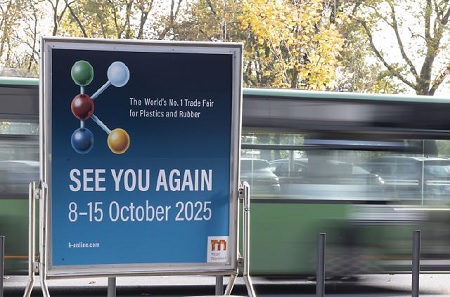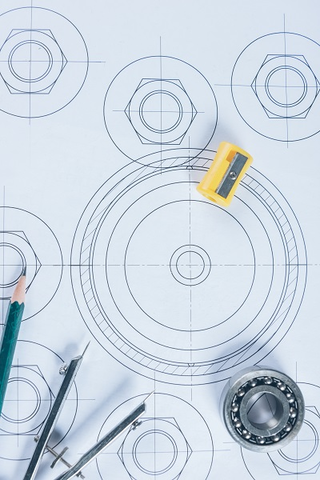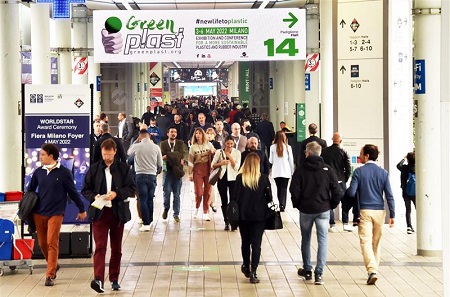According to the context of a story edited by “Victor Tangermann“ (image below) that has focused on “microplastics“: Microplastics getting stuck in Brain Vessels like clots, causing “Neurological Abnormalities” in mice. Since the new and almost weekly studies and finding related to “Microplasticss” are improving, PIMI has chosen the following abstract for the readers. However, to avoid just Copy/Paste, the context is enriched by many hyperlinks and images.
“microplastics“: Microplastics getting stuck in Brain Vessels like clots, causing “Neurological Abnormalities” in mice. Since the new and almost weekly studies and finding related to “Microplasticss” are improving, PIMI has chosen the following abstract for the readers. However, to avoid just Copy/Paste, the context is enriched by many hyperlinks and images.
*************************
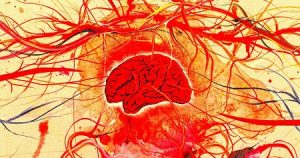 In these studies, scientists in advance, tracked tiny pieces of microplastics as they moved through the brain blood vessels of mice, and watched that some of them became stuck. Then, and for the first time, scientists used real-time imaging to track tiny pieces of microplastics as they moved through the brain blood vessels of mice.
In these studies, scientists in advance, tracked tiny pieces of microplastics as they moved through the brain blood vessels of mice, and watched that some of them became stuck. Then, and for the first time, scientists used real-time imaging to track tiny pieces of microplastics as they moved through the brain blood vessels of mice.
As detailed in a recent paper published in the journal Science Advances, first spotted by The Guardian, the project made an alarming discovery: some of the pieces of plastic were becoming stuck, causing more chunks to accumulate behind them in what one of the researchers likened to a “car crash.”
“This revelation offers a lens through which to comprehend the toxicological implications of microplastics that invade the bloodstream,” the paper reads.
It’s an alarming — albeit preliminary — warning sign that microplastics, which have pervaded practically every part of our environment and our bodies, could be detrimental to our neurological health. Scientists have found tiny pieces of plastic chemicals in human arteries, hearts, penises, semen, and lungs.
Microplastics have previously been linked to reproductive health issues and cancer risk, among other issues.
Now, given the latest study, the situation isn’t looking great — especially as concentrations of microplastics inside human bodies continues to rise.
The paper’s authors gave mice water that was laced with fluorescent-coated polystyrene, allowing them to use
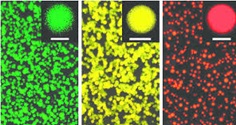
an imaging technique called “two-photon microscopy” to track how they moved into the mice’s brains.
When encountering tight bends within the organs’ cortex vessels, the tiny pieces of polystyrene appear to have gotten absorbed by immune cells, creating unusually-shaped cells that then become stuck.
Some of these blockages became unstuck by themselves over time. However, the finding that stuck pieces of microplastics can get lodged in the first place and reduce blood flow is concerning.
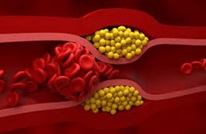 “Environment microplastics might be another important risk factor for cardiovascular disease and received scant attention so far,” the researchers wrote. “Our findings provide a mechanistic explanation for tissue damage induced by microplastics, particularly regarding their effects on vascular obstruction.”
“Environment microplastics might be another important risk factor for cardiovascular disease and received scant attention so far,” the researchers wrote. “Our findings provide a mechanistic explanation for tissue damage induced by microplastics, particularly regarding their effects on vascular obstruction.”
But as the authors note, it’s important to point out that we still don’t know if the same blockages would take place in the human brain as well, as our vessels tend to be much larger.
“Moreover, humans are exposed to a variety of [microplastic] sizes, and the combinatorial effects of different [microplastic] sizes on the likelihood of inducing infarctions remain to be estimated,” they wrote in their paper. “The use of larger mammals or animal models that more closely resemble the human circulatory system, such as nonhuman primates, is thus crucial for studying this process.”
More on microplastics: The Weight of All the Plastic in Your Brain May Make You Queasy


